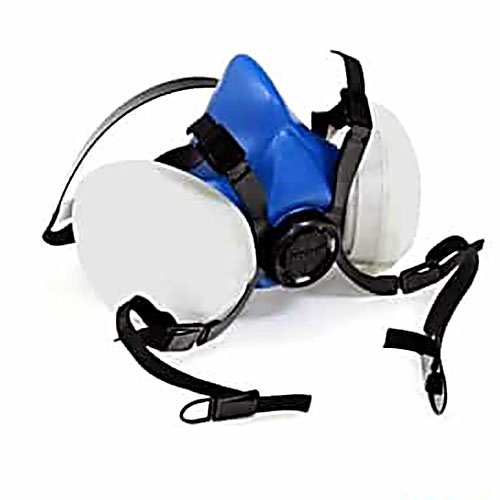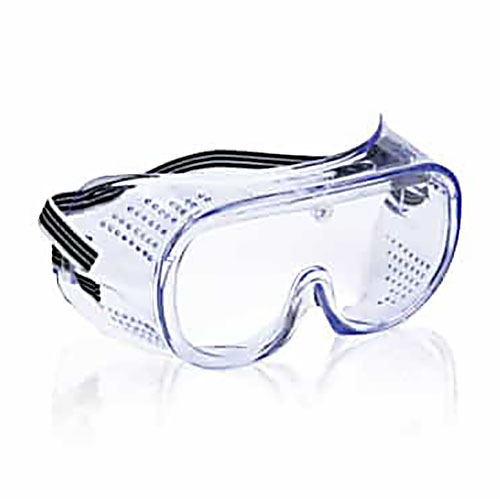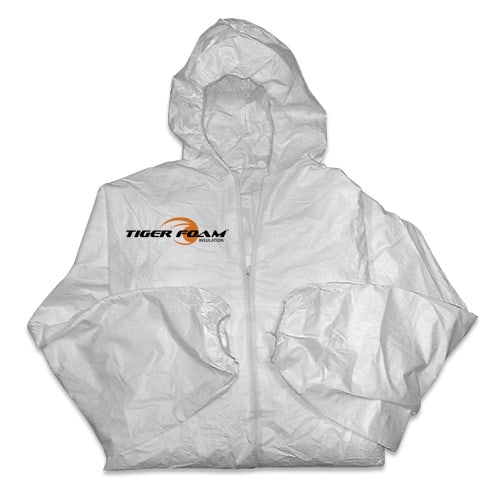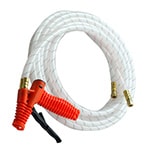SLOW-RISE POLYURETHANE FOAM FORMULA
Applies to Product ID# TF600SR and TF200SR Portable Spray Foam Insulation Systems by Commercial Thermal Solutions, Inc.
APPROVALS AND STANDARDS
Meets or exceeds the Coast Guard specification requirements for flotation in Title 33 code of the Federal Regulations, paragraph 183.114 and meets the requirements of DIN 4102-1 for a B2 building material and is designed within the international guidelines for protection of the ozone layer, and with respect to the Montreal Protocol, 1987, and other environmental guidelines.
ODP (Ozone Depletion Potential): Contains non-ozone-depleting, non-flammable HFC Propellant. VOC Content: Contains no VOC’s, according to currently accepted definitions.
APPLICATIONS
Tiger Foam Slow Rise can be dispensed into a dry cavity to insulate, fill, and seal various size voids, provide buoyancy, dampen sound, or reduce vibration. It is specifically designed to spray into molds or cavities and formulated not to damage drywall if standard building practices are followed for attachment to studs, drywall is 3/8″ or thicker, and the manufacturer’s directions are followed. Tiger Foam Slow-Rise Formula adheres to almost all building materials with the exception of surfaces such as polyethylene, Teflon®, silicone, oils, greases, mold release agents, or similar materials. Substrate must be clean, dry, firm, and free of loose particles. Protect surfaces not to be foamed. Foam is safe for internal wiring and around electrical boxes.
You can find valuable tips and information on using our slow rise formula in one of our customer’s tutorials titled:
Injection of Tiger Foam™ into closed walls for insulation of older houses
PRODUCT DESCRIPTION
Tiger Foam Slow-Rise Cavity Fill Formula is a multi-purpose, two-part closed-cell polyurethane formula specifically designed for low pressure and delayed foaming action. The packaging, delivery system, and components were designed to be user- and environmentally friendly. These systems are both portable and disposable. They are completely self-contained to provide flexibility in end-use performance. Details at our website: www.tigerfoam.com
PROPERTIES
Two-part foam systems will begin to expand immediately upon chemical reaction of the “A” component (a polymeric isocyanate) and “B” component (a polyol blended with proprietary additive ratios) chemicals to a volume that is 3-5 times the dispensed volume, depending on ambient conditions and cavity size. The foam will cure to semi-rigid, closed-cell foam. Optimum application temperature of the chemicals in the tanks is 75° F (24° C) to 85° F (34° C). Cured foam is resistant to heat and cold -200° F to +200° F (-129° C to +93° C). It is also resistant to negative effects of aging. It is not resistant to UV light and must be painted, coated, or covered if exposed to direct sunlight after application.
Cured polyurethane foam is chemically inert and non-reactive in approved applications, and will not harm electrical wire insulations, Romex®, rubber, PVC, polyethylene (i.e., PEX) or other plastic. It is approved for use around wires, plumbing penetrations, etc., and contains no formaldehyde. Tiger Foam creates a tight seal that insulates and protects against dust, air infiltration, pests, and sound.
PREPARATION FOR USE
Protect surfaces not to be foamed. For mold filling applications, clamping or bracing of the mold is generally required to provide uniform support against foaming pressure. Extent of this clamping should be determined based on application and desired results. For best results, heat the mold substrate to 80 – 100°F (27 – 37°C), as this will improve the adhesion and “flowability” (filling characteristics) of the dispensed foam. Optimum chemical temperature is 75 – 85 °F (24 – 29°C). See the “Product Storage” section for important temperature information.
SPECIAL FEATURES
Cleanable tips (use Acetone)
Metered spray gun
Tiger Foam systems do not require outside electrical or mechanical power source.
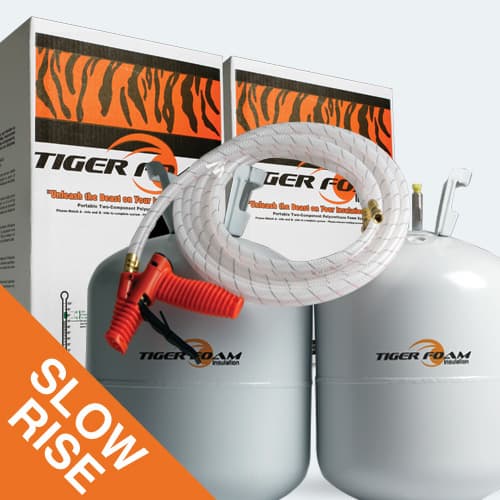
 Tiger Foam™ HFO Slow Rise 600 Board Foot Kit
Tiger Foam™ HFO Slow Rise 600 Board Foot Kit
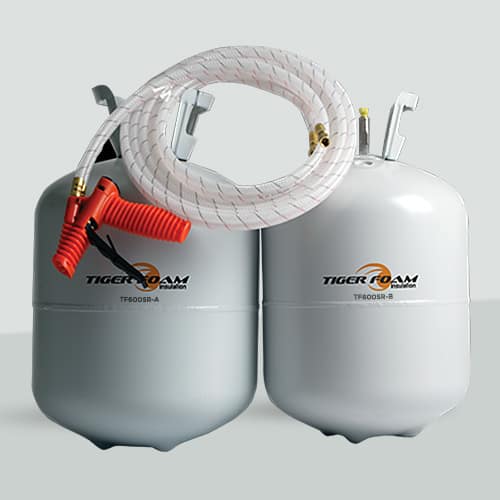
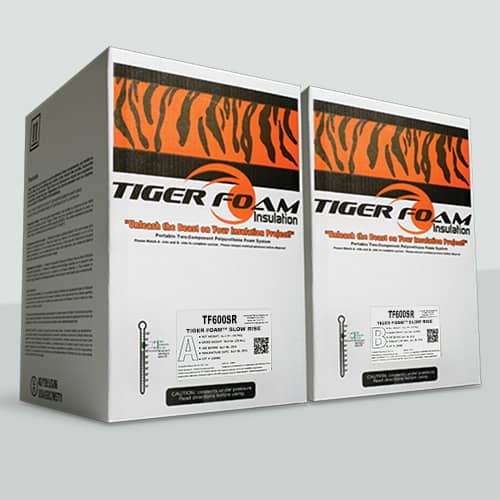
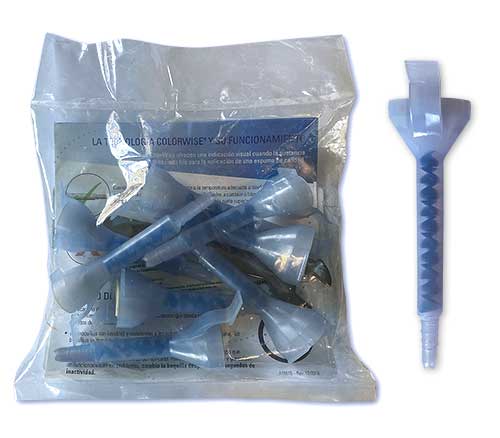
 Tiger Foam™ HFO Slow Rise 600 Board Foot Kit
Tiger Foam™ HFO Slow Rise 600 Board Foot Kit